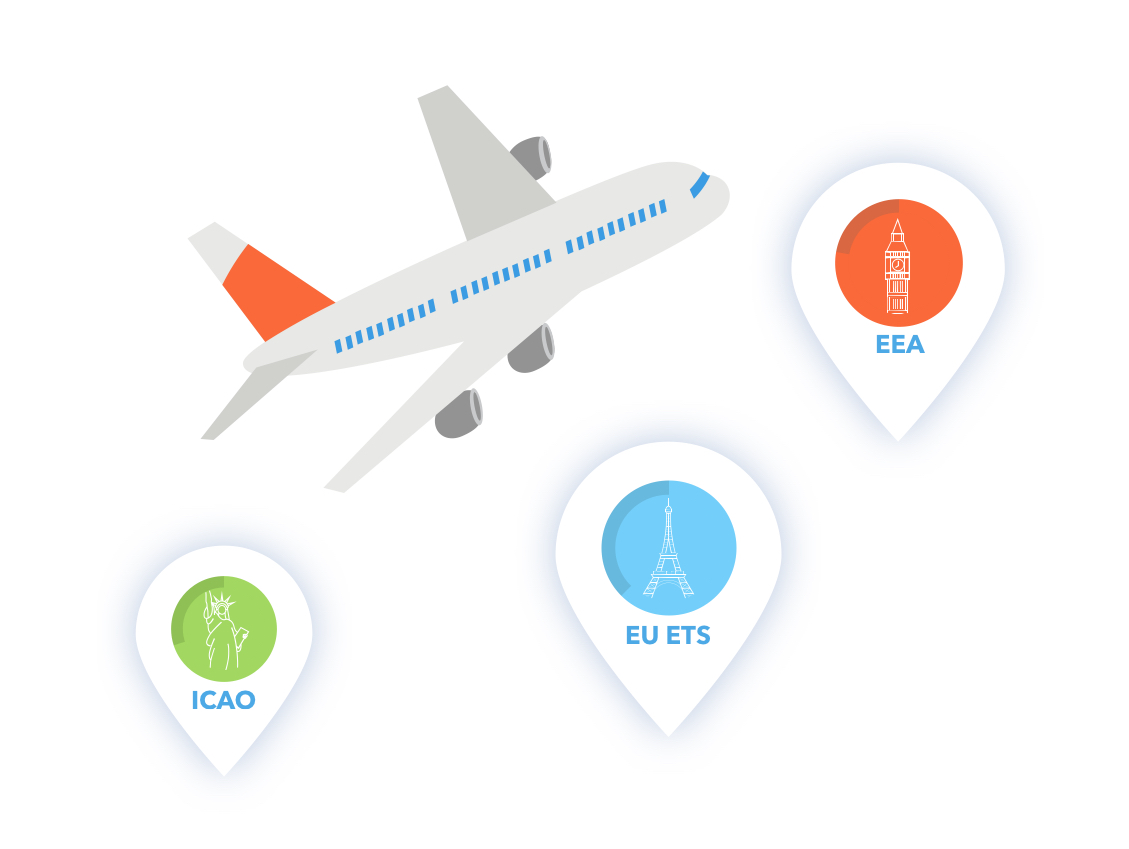During their meeting in Luxembourg (28-29 June 2022), EU climate ministers agreed on the reform of the carbon market for the aviation sector (“ETS in Aviation”). This reform is part of the broader package of Fit for 55 climate proposals currently making their way through the EU’s legislative process.
The ETS is the most appropriate economic measure to limit, reduce and price CO2 emissions from aviation. Airlines have been paying for their emissions through the EU ETS since 2012. To ensure their cost-effectiveness, economic measures like the EU ETS must be market-based. Climate policies which are otherwise implemented through national taxes, levies or bans are ecologically and economically counterproductive and will distort competition.
A4E welcomes the Council’s decision to better support concrete decarbonisation activities within the civil aviation sector. Notably, the creation of a novel system of sustainable aviation fuel (SAF) allowances to help stimulate the rapid deployment of SAF through a “Carbon Contracts for Difference”[1] (CCfD) pricing mechanism will help lower the cost of the energy transition for airlines and give Europe a unique opportunity to become the leader in green aviation. A4E now urges the co-legislators from the European Parliament and Council to match the SAF allowances system with the volumes mandated under the ReFuel EU initiative, at a minimum -- but also go beyond these thresholds, to incentivize further SAF uptake[2].
A4E also welcomes the Council’s efforts to limit the risk that the energy transition could “price out” certain peripheral regions of Europe and lead to a loss of their air connectivity. Europe’s airlines are extremely concerned, however, about the Ministers’ decision to phase out free ETS allowances currently granted to airlines already by 2027, well before effective abatement solutions will become available at the scale needed for them to be effective -- or even without the long-awaited reform of European airspace. Allocated in a targeted way, such allowances should be considered -- taking into account European aviation’s international competitiveness and the unprecedented aftermath of the COVID-19 pandemic. In the absence of a Carbon Border Adjustment Mechanism (CBAM), such allowances appear to be the only way to mitigate the risk of carbon leakage.
The decarbonisation of aviation is a global challenge. Ahead of crucial international discussions on the sustainability of air transport and effective deployment of decarbonisation technologies, A4E reiterates the urgent need for a global carbon price for aviation to be agreed at international level. Only then will the sector be able to reach its ambitious climate targets and achieve net zero CO2 emissions by 2050. A4E implores all governments at ICAO to agree on an ambitious Long-Term Aspirational Goal (LTAG) for achieving CO2 emission reductions from aviation globally and to negotiate, design and implement a true global carbon pricing scheme at ICAO’s upcoming high-level meetings.
[1] A Carbon Contract for Differences (CCfD) works by setting an effective guaranteed or “strike price” for CO2. The strike price would be set at a level that covers the incremental capital (“capex”) and operating (“opex”) cost of the technology.
